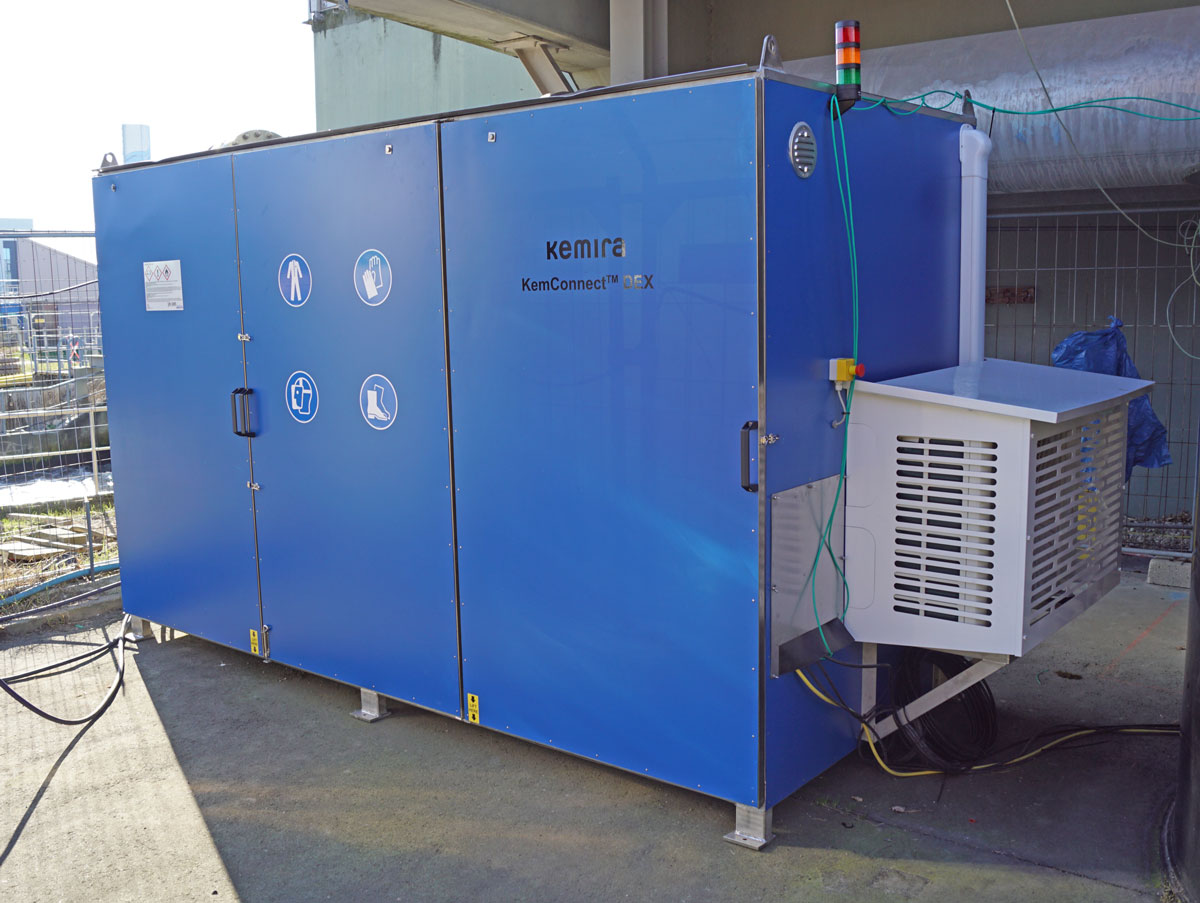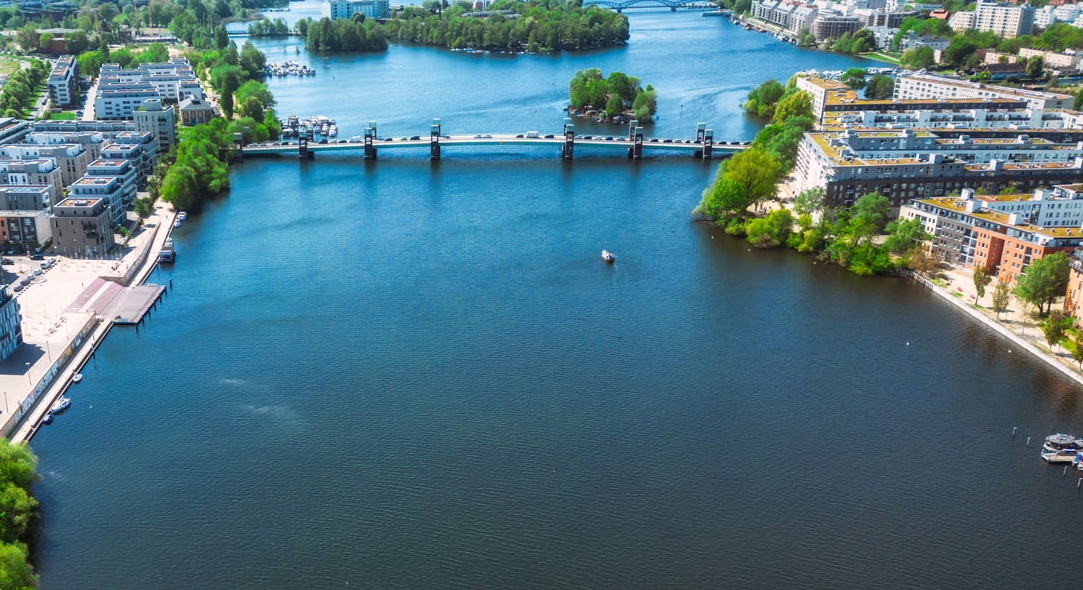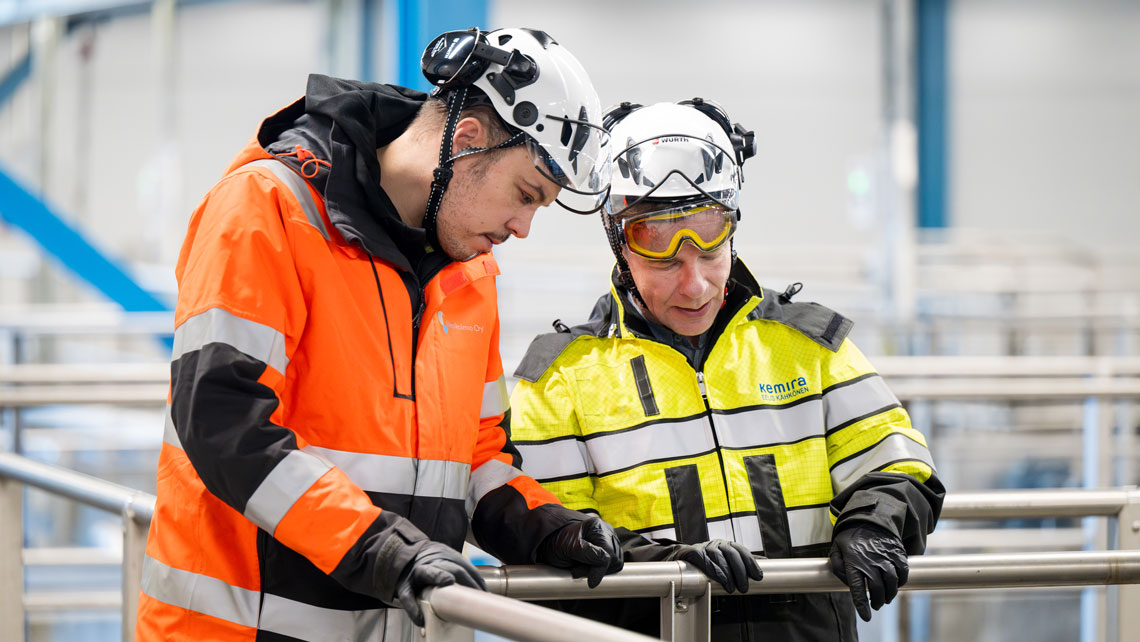Cooling off with a dip in a local lake or river is one of the great joys of summer – as long as any wastewater discharged there has been properly cleaned. The huge task of treating the wastewater of the German capital, Berlin, falls to Berliner Wasserbetriebe. Together with Kemira, a quick, safe, and effective fix for the summertime wastewater disinfection shortfall was implemented at its biggest treatment plant.
Berliner Wasserbetriebe (BWB) is the largest water supply and wastewater treatment company in Germany. The company supplies drinking water to 3.7 million citizens of Berlin and handles the treatment of wastewater both for Berlin and 500,000 people in the surrounding region. BWB’s sewage treatment plants process approximately 690,000 m3 of wastewater each day.
Making sure every drop is clean
From April through to September, part of the wastewater generated every day in Berlin is discharged close to a nearby bathing area, meaning it must be disinfected to very high standards to comply with the EU bathing water directive. This disinfection takes place at the Berlin-Ruhleben treatment plant in the city’s Spandau borough, which is the largest of the company’s six wastewater treatment plants. Wastewater disinfection at the plant is carried out through UV-light technology. This disrupts the DNA in micro-organisms such as bacteria, viruses, and molds, destroying them.
“We were facing a shortfall of about 500l/second with our disinfection capacity at Berlin-Ruhleben during the summer months,” explains the Process Controller at BWB. “We had problems with the pressure in the discharge pipe, which goes 16 km to the south of the city, meaning we could not channel all the wastewater through the pipe as we normally would.”
BWB needed to find a solution that was both highly effective and quick to implement so that the plant could continue to operate at full capacity.
Because the wastewater is discharged close to recreational bathing areas, BWB needed to find a solution that was both highly effective and quick to implement so that the plant could continue to operate at full capacity. “The other challenge for us is that because we’re located in the city center we have limited space and no room to add more equipment that would take up a large footprint within the plant area,” BWB explains. “We needed a solution that was compact and easy to implement without making any major infrastructure changes.” That’s where the discussion with Kemira about the KemConnect DEX solution started.

The DEX unit has a very small footprint and can be installed quickly.



